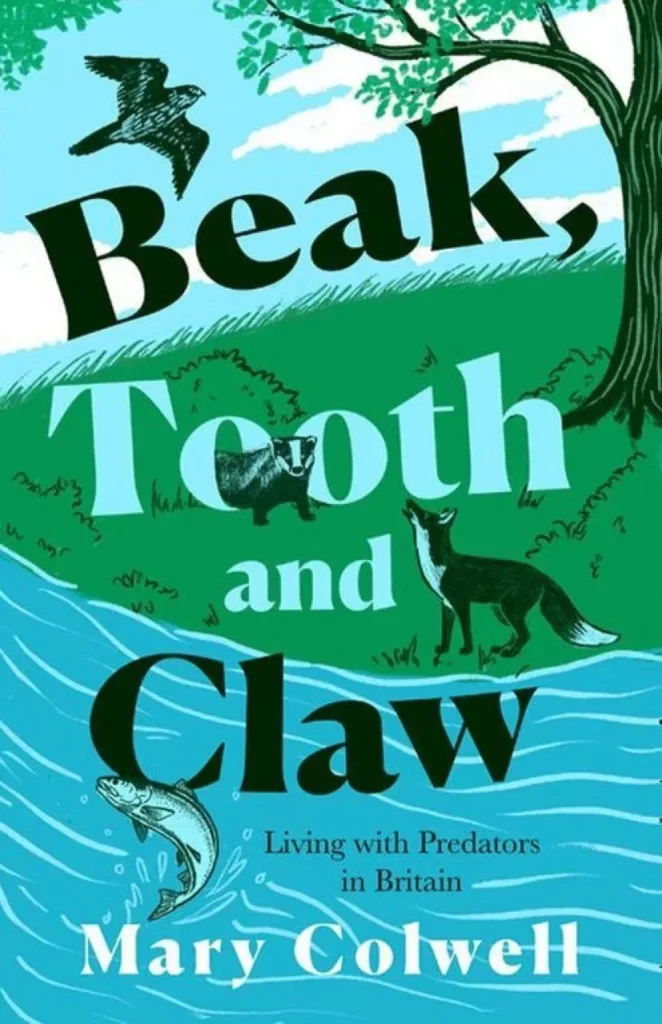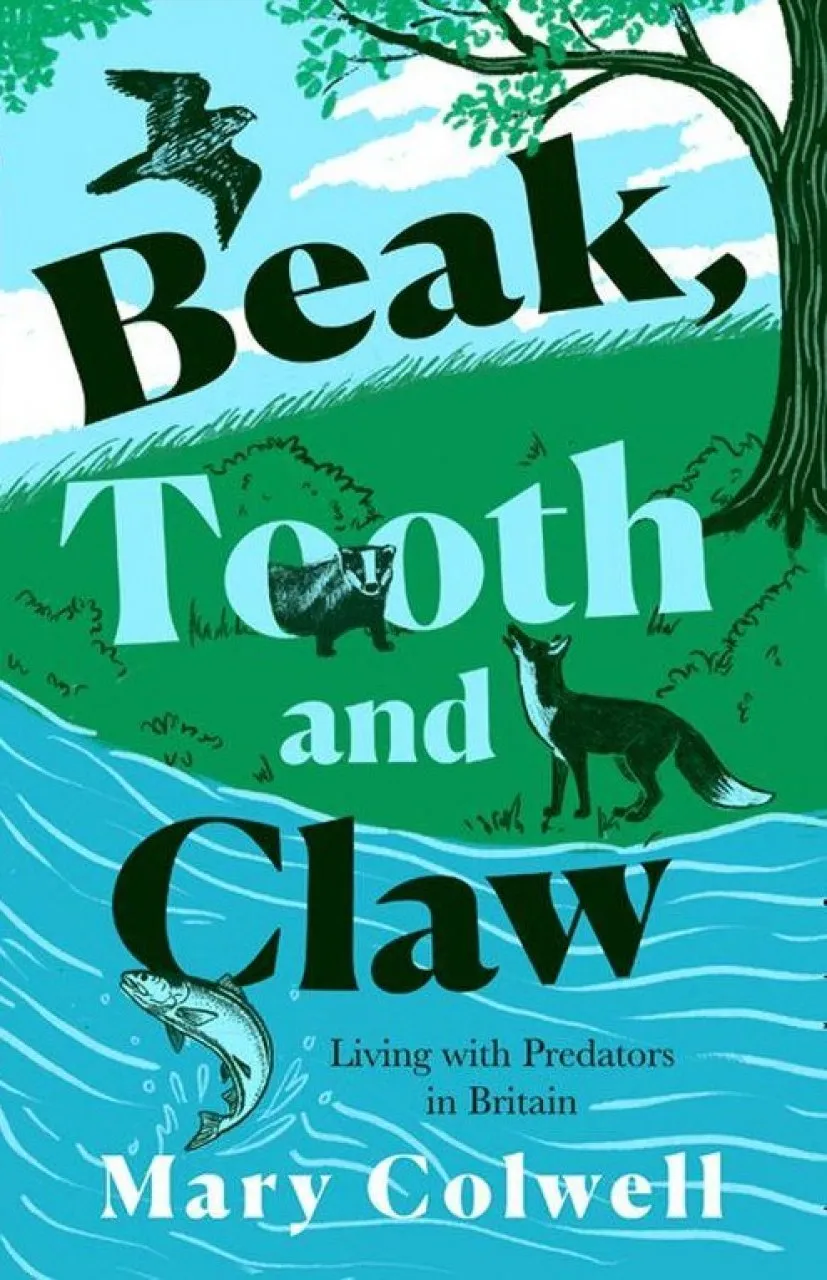Predator control is perhaps the most highly charged (or, as they say, ‘hotly debated’) issue in nature conservation. Everyone seems to have strong feelings, whether it is about the Fox-hunting ‘debate’, or driven-grouse shooting, or the persecution of protected species by gamekeepers and their masters. Some object to the killing of predatory birds and animals in principle, and yet, if there was no control, there would be consequences. Ground-nesting birds would have an even harder time; dairy farming would be under even more pressure; and, without sport shooting, our remaining heather moors would become spruce plantations in short order. Part of the trouble is that predators are natural species living in an unnatural landscape: Foxes and Badgers have no natural enemies; kites and crows can make a nice living off our rubbish and road-kills. The fact is that most predators are doing rather well in Britain, even though their lives are tough and often shortened. We probably have a greater density of Foxes than is found anywhere else in Europe.
Mary Colwell, author of a biography of the Scots- American proto-conservationist John Muir and the radiant Curlew Moon, has stepped into this polarised world with an open mind and commendable evenhandedness. She walked and travelled through the farms and uplands of Britain and Ireland. She talked to people on both sides of the divide – sheep-farmers, salmonfishers, raven-tamers, writers, scientists, conservationists, gamekeepers. She watched her chosen predators in the field and noted how they ‘fit into the landscape’. She even fired a gun for the first time in her life (finding it surprisingly heavy), though not at a predator.
The bulk of her book consists of separate chapters on the predators in the headlines. First up comes the Fox: a wonderful hunter, eyes, ears, nose and whiskers all focused on its next meal, be it a questing vole or the remains of a take-away curry. Whether or not Foxes take many live lambs – here the experts and the farmers are sharply at odds – they certainly take the eggs and nestlings of ground-nesting birds. On this evidence, the Fox is a problem not so much for farmers as for the RSPB.
The Fox is followed by those intelligent all-round scavengers, Ravens and other crows, much maligned birds and not so monochrome as they look. One of Mary’s strengths as a writer lies in this instinctive empathy with wild creatures. ‘Seen with birds’ eyes’, she writes, ‘they would shimmer and glint with a fantastic display of bright colours… a crow cawing atop a tree would be a glitterball that flashes with every turn of its body, firing out colours that would dazzle and amaze us. We would no longer call them omens of death, but emitters of light’.
More chapters follow on the Badger, a quiet carnivore that has the ill-luck to carry bovine TB. Mary does not pass up the Badger’s appetite for Hedgehogs – a prime example of ‘cognitive dissonance’, the mental discomfort we feel about an animal we all love preying on and reducing another animal we all love. The chapter on Hen Harriers is balanced – grouse-shooting for profit and Hen Harriers plainly do not mix – while laying bare the evasive shifts of ‘brood management’ and Natural England’s diversionary tactic of introducing Hen Harriers into southern England. The remaining species chapters concern (re)introduced Red Kites and White-tailed Eagles (interestingly, at least one reintroducer now wishes that we had allowed the kites to colonise England and Scotland naturally); seals and their conflict with fishing interests; and the pros and cons of reintroducing the lost Lynx and wolf and the nearly lost Wildcat.
The final chapter acknowledges that we live in a time of biodiversity loss but hopes that we can do better by, basically, being better and turn it into an age of abundance. Fat chance of that, but without hope and imagination where is the motivation? All the same, I sometimes wish that naturalists would concentrate on probable outcomes instead of simply wishing for them. Mary Colwell’s latest is brave, thoughtful, sympathetic and well written, with pardonable lapses into Wildwatch-speak (‘Is our heart wild enough to beat alongside that of a lynx?’). It is as good a summary of the joys and griefs of living with predators that I have read, partly because Mary Colwell does not hide her feelings. She takes us with her but leaves a wellmannered space for our own.

